Notes
How John Moore’s Brilliant US-Mexico Border Photos Also Migrate
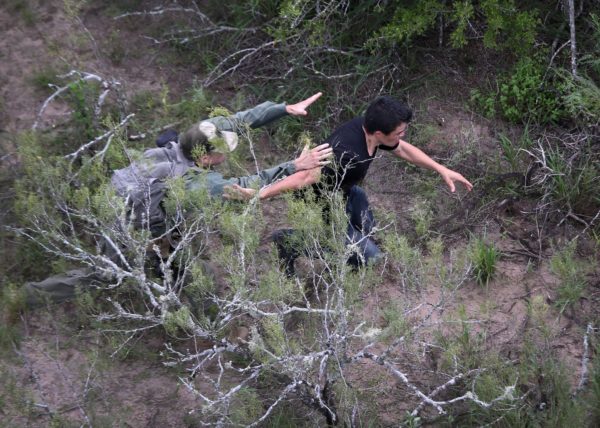
Let’s start with the obvious.
John Moore’s photographs of the U.S.-Mexican Border—featured in his new book, Undocumented, on PBS, Instagram, and the New York Times—are thematically and structurally all about dividing lines.
Sure, a photograph here or there uses some other framing device, but for the most part Moore’s photographs of the border rely on lines separating here and there, this side and that side, caught and free, shadowed and revealed. It’s an inevitable choice. Moore’s subject is the border, after all.
Then again, the border really isn’t his subject. Moore’s ultimate focus isn’t so much the line itself, but the way that line infiltrates the lives of people living right alongside it and far to the north and south. Sure, Moore’s photographs of the Rio Grande and the border fence are striking, haunting, effective. That said, this sort of image would be available to almost any photographer, possibly even an amateur. As such they are somewhat mundane. The obvious gets interesting, however, as the border itself starts to migrate. In many of Moore’s photographs, the border itself is nowhere in sight yet still pursues the people whose lives it dictates.
This sense of pursuit is literally visible in Moore’s photograph captioned “A United States Border Patrol Agent pursuing a migrant near Falfurrias, Tex. In 2014.” This photograph, shot from above, abounds in lines. The trunk and branches of a scrubby, lichen-covered tree reach skeletal fingers across the bodies of two running men. Beneath them, the Agent reaches out—his arms and hands stiffened into parallel lines straining to capture the running migrant. The migrant’s right arm reaches back, seeming to grasp the agent’s right arm and link them together. His left arm pulls him forward, a hopeless yet desperate line of escape. His capture is inevitable, though. The border pursues him in the form of two arms stretched out to engulf him. The border agent, head down and face obscured, personifies a border that the sprinting migrant cannot possibly escape.
And Moore’s photographs tell us that border agents too are caught by the border. The U.S. Border Patrol is having trouble finding sufficient recruits. The drilling agents-in-training stacked against one another in the photograph below suggest that even those who do volunteer must be harangued and disciplined into embodiment of the border they patrol. They must inhabit the unyielding rigidity of the line, its strict division of in or out, and the border comes to inhabit them. The border is an inhuman and an inhumane thing. Lined together, rammed too close, held taut, the soon-to-be border agents must become both.
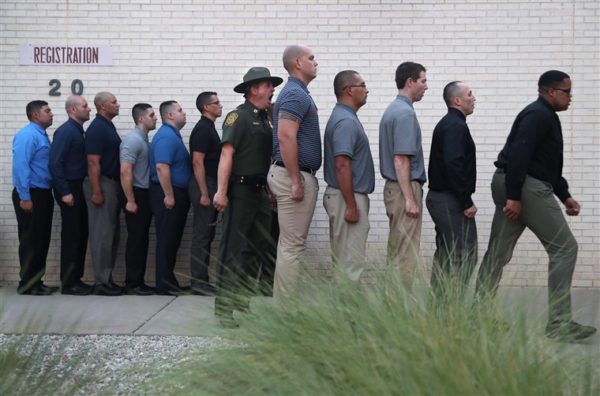
Moore walks the border with migrants, vigilantes, and officers. He also follows it southward into Central America and northward into the United States. Men line up to climb aboard the “Beast” bound through Mexico to the border. An immigrant family in Tucson lines up on a couch and gazes together out the door of their home as if they and the couch might be sucked out through it and into oblivion. And the border pursues people even into oblivion.
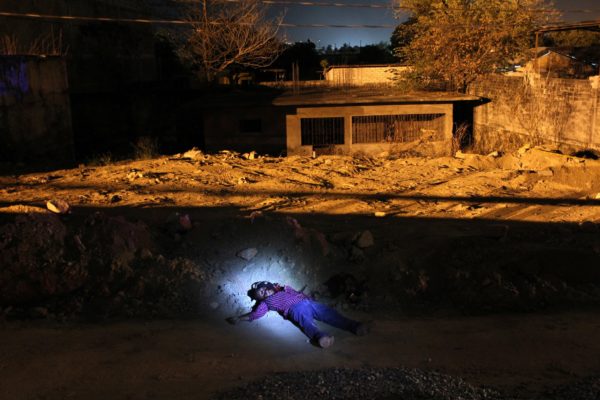
The photograph above tops the New York Times article about Moore’s work. In a sense, it’s only obliquely about the border. The caption links the murdered man to drug-related violence in Acapulco and then connects the surging violence there to an increase in out migration. The photograph itself, however, shows the border pursuing the dead man. In that sense, it reminds us that the border is a cause of violence, not just a passive recipient of violence-caused migration. The sharp line of shadow in the photograph amplifies the physical drop off that runs parallel to it. The man, left exposed, is still buried in the shadow. He is dropped into a hole and below the border line. Likewise, the cool light of the spotlight trained on his body and the warm light flooding the dirt yard above enact another border, and neither side promises safety or escape.
Do you choose violent death on one side of the border or hostile terrain and constant pursuit (note the tire tracks) on the other? And which side is which?
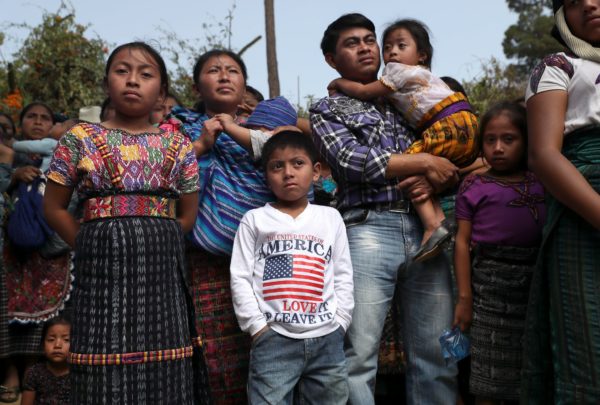
Lines of threat and constraint run parallel to the border, snake out from it, and crisscross Moore’s photographs. Through his lens, we see not a border with two defined sides and clear binary options but a mess of conflicting choices. The simplicity of the undulating border fence or a man gazing from one side to the other quickly gives way to a group of mourners in Guatemala gathered at a memorial service for two murdered children. At the center of the photograph stands a boy with his hands in his pockets and a worried, ambivalent face. His shirt proclaims, “The United States of America / Love It or Leave It.”
If only the millions of people touched by the border actually had that simple choice.
— Christa J. Olson | @christajolson
Photos: John Moore / Getty Images Caption: A United States Border Patrol agent pursuing a migrant near Falfurrias, Tex., in 2014; Caption 2: A Border Patrol instructor with trainees at the agency’s academy in Artesia, N.M. New agents must complete a months-long training course at the New Mexico facility before assuming their posts; Caption 3: A man killed in a suspected drug-related execution in 2012 in Acapulco, Mexico. Violence has surged in Acapulco, once Mexico’s top tourist destination, spurring the flight of many Mexicans; Caption 4: Families at a memorial service for two boys who were kidnapped and killed in February 2017 in San Juan Sacatepéquez, Guatemala.
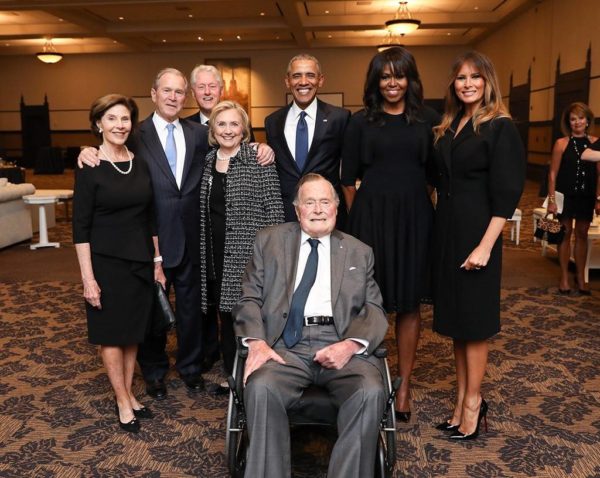
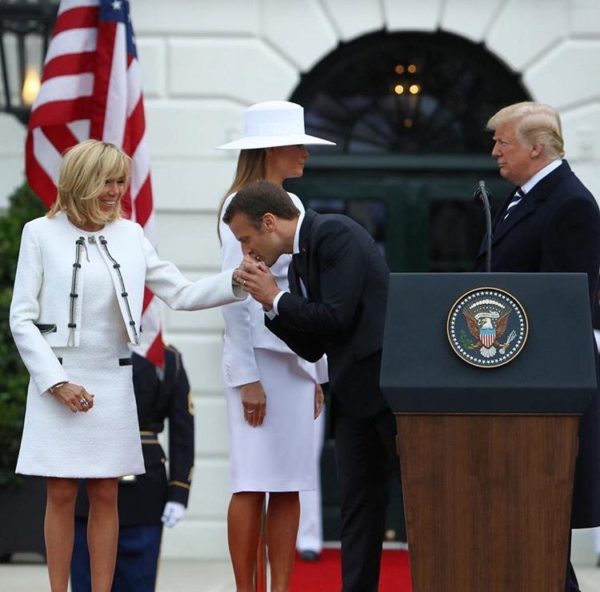
Reactions
Comments Powered by Disqus